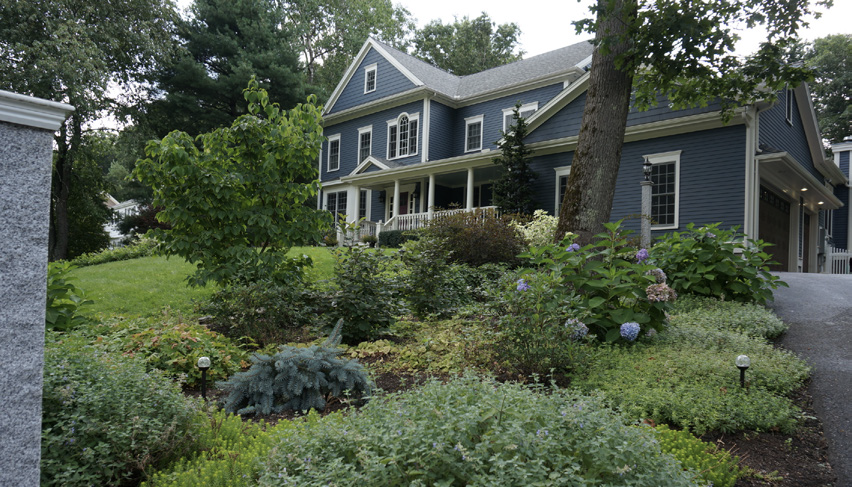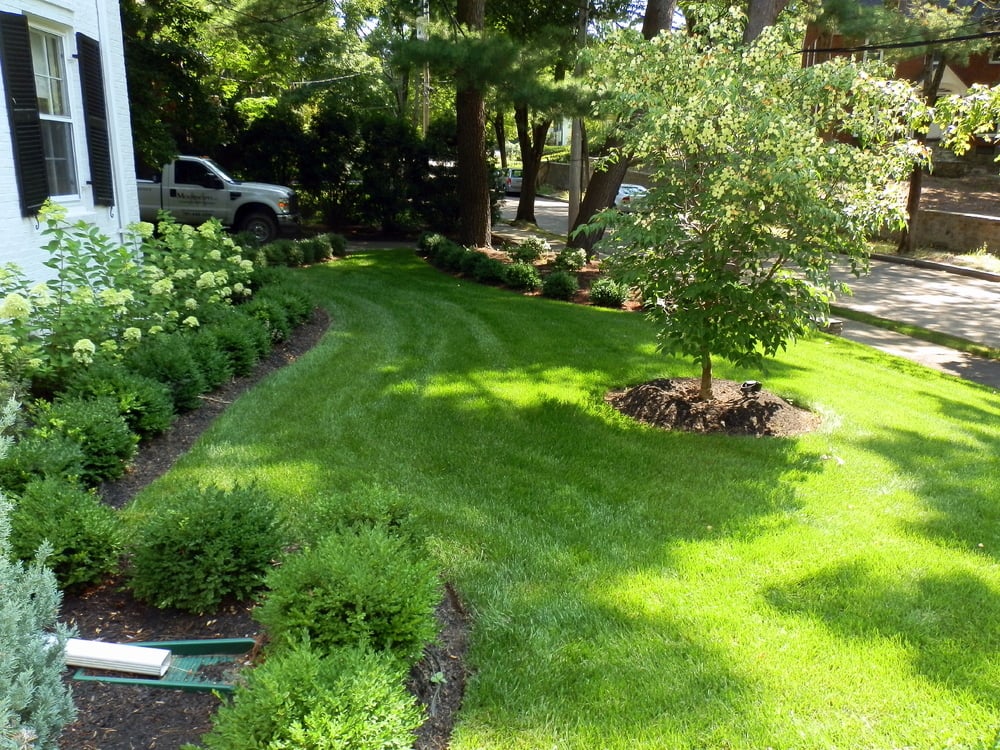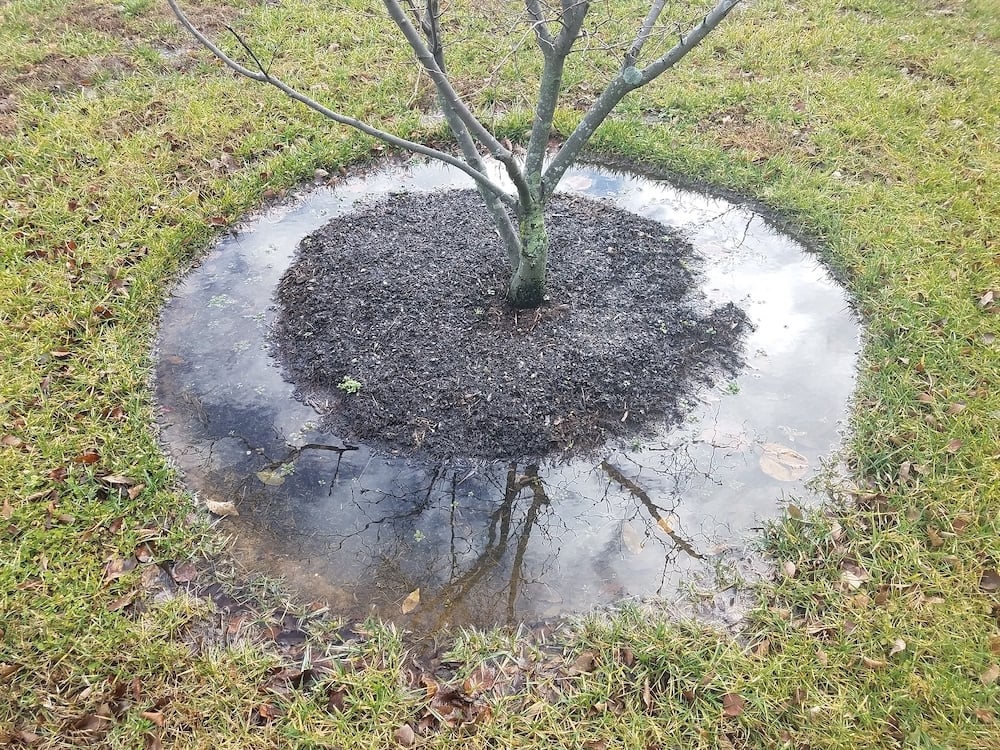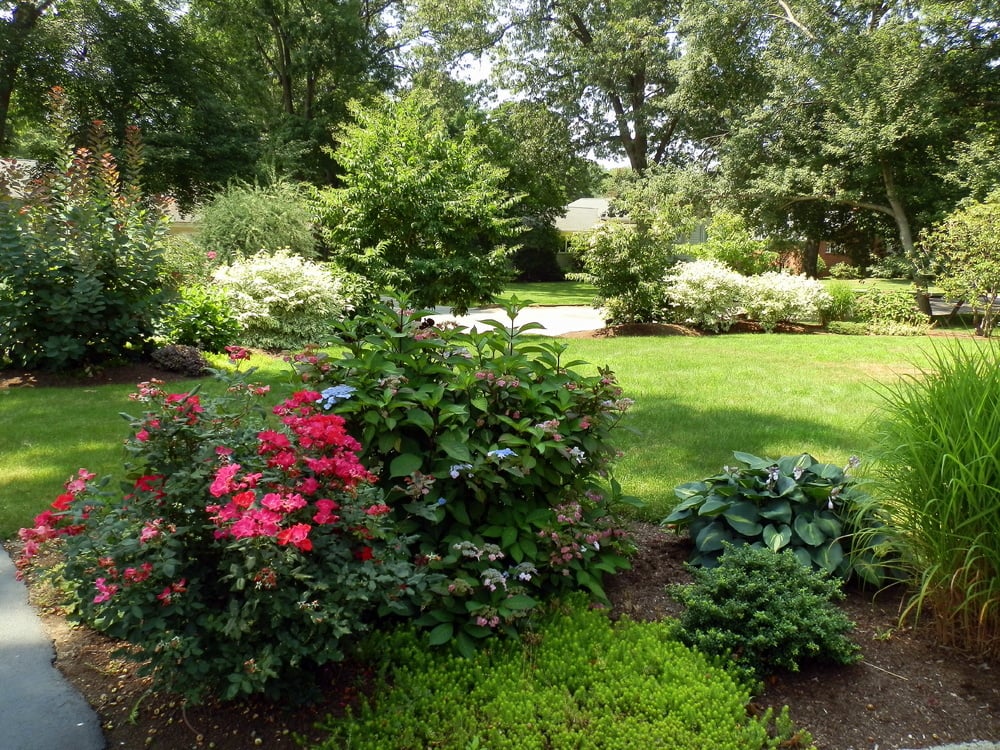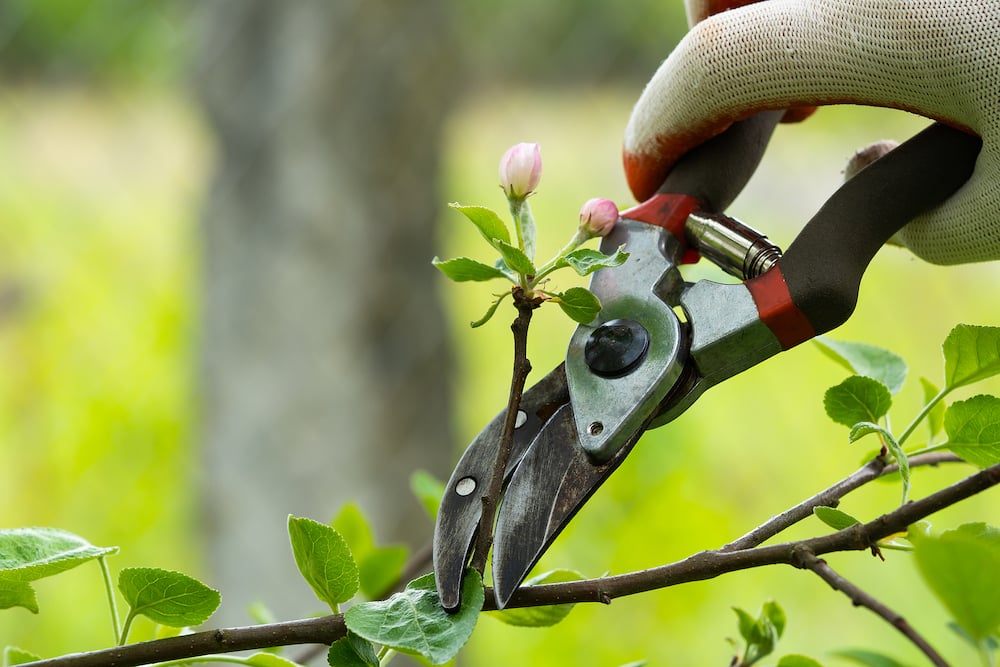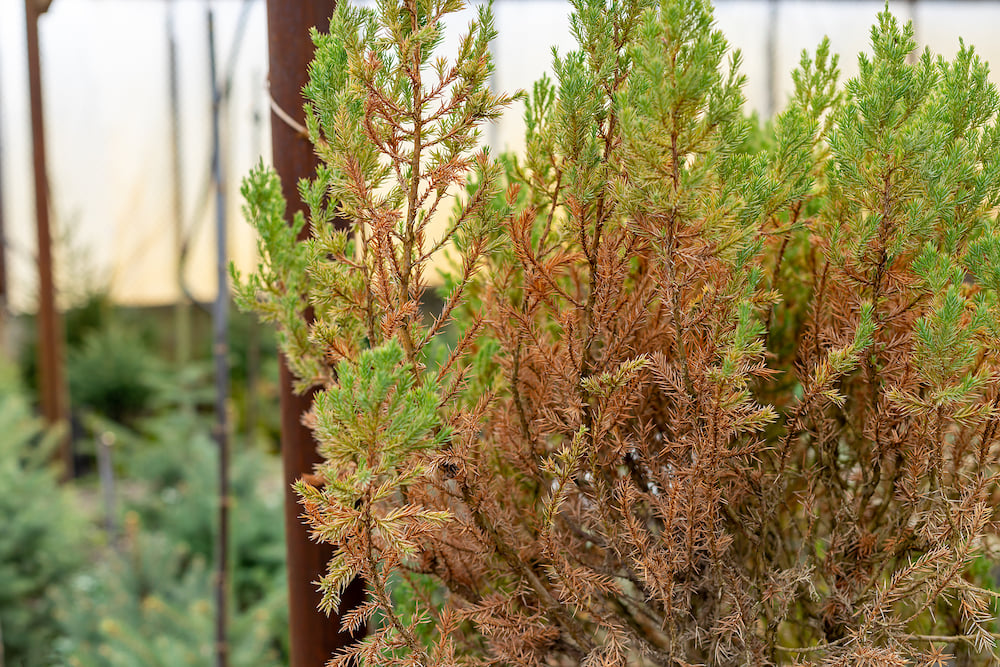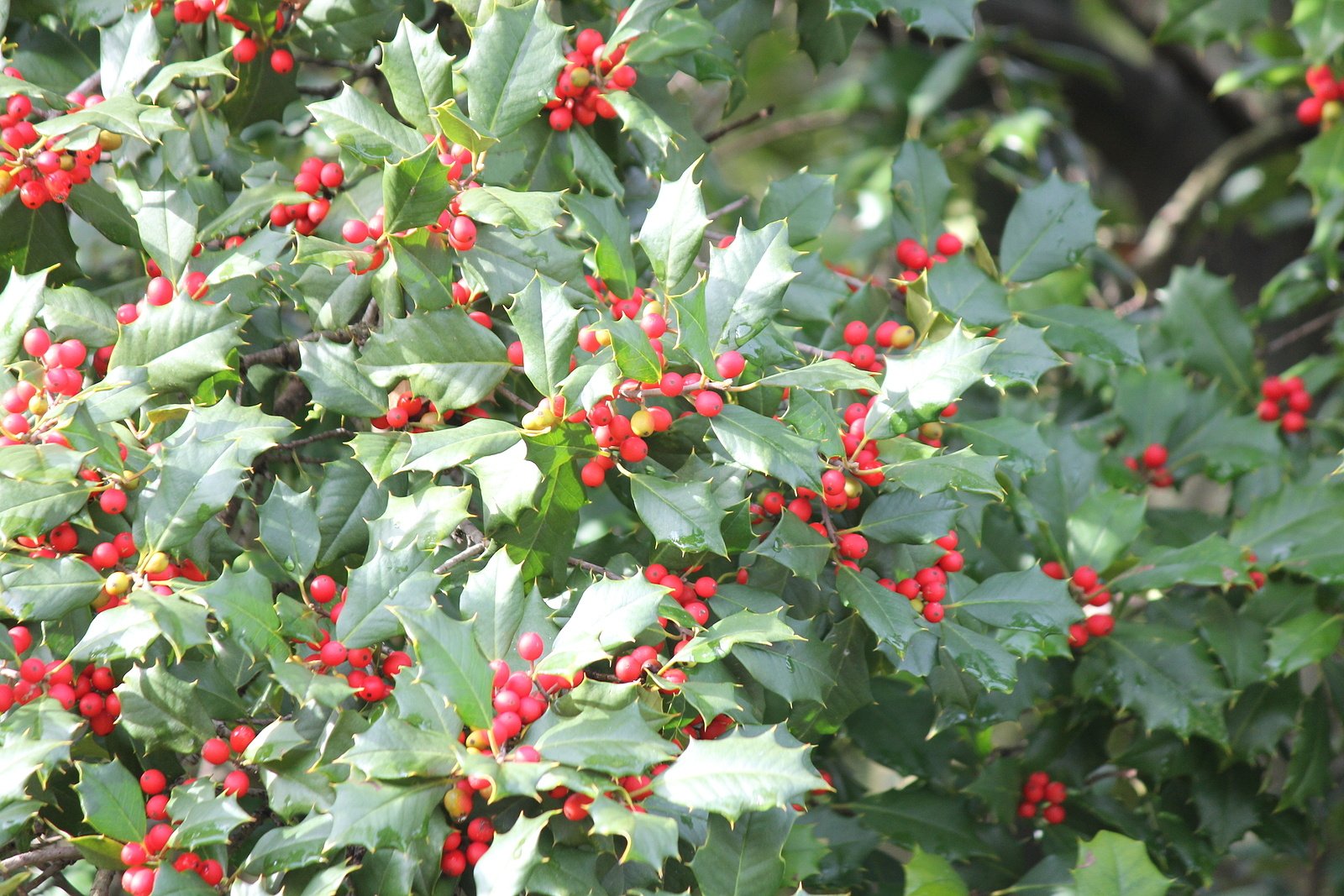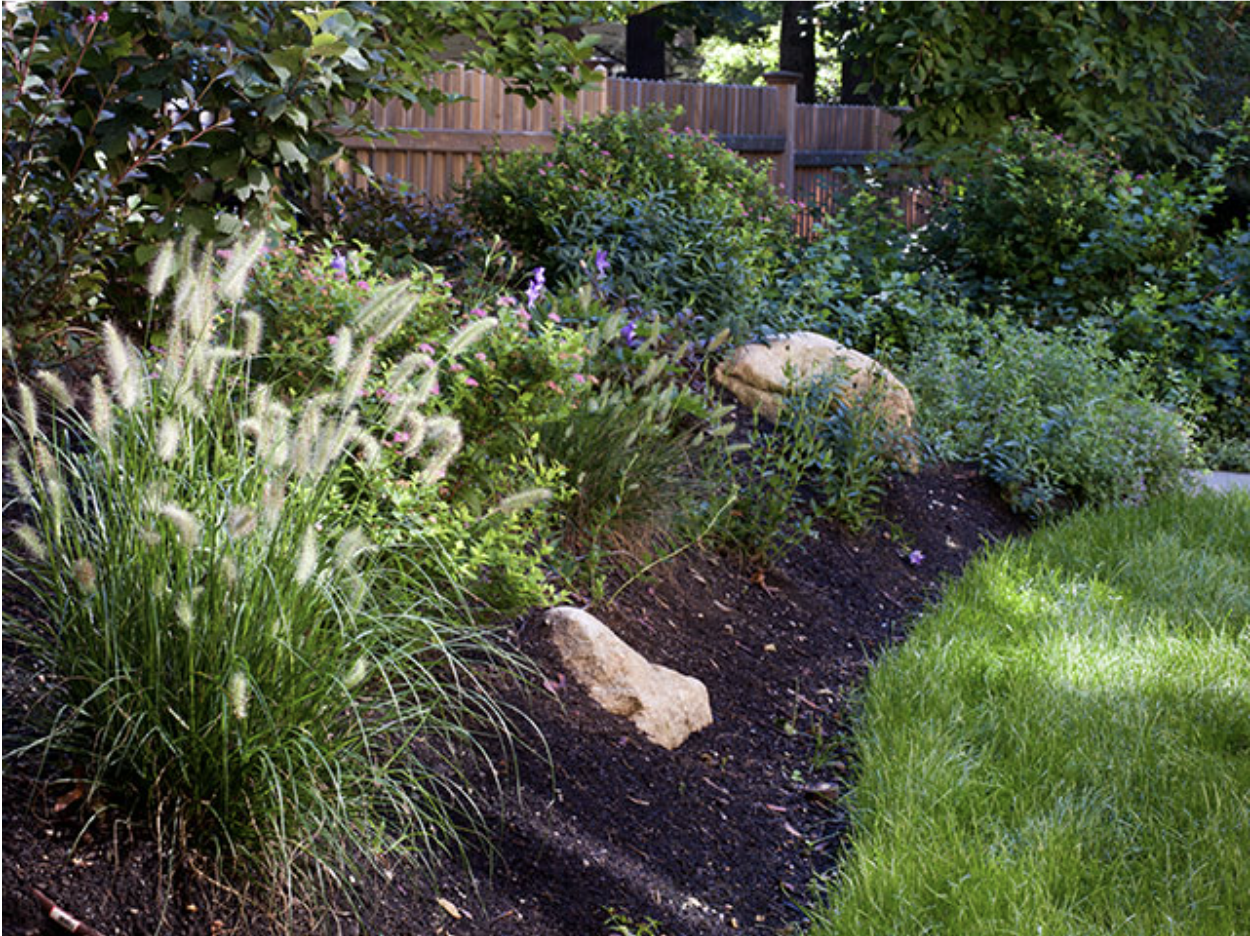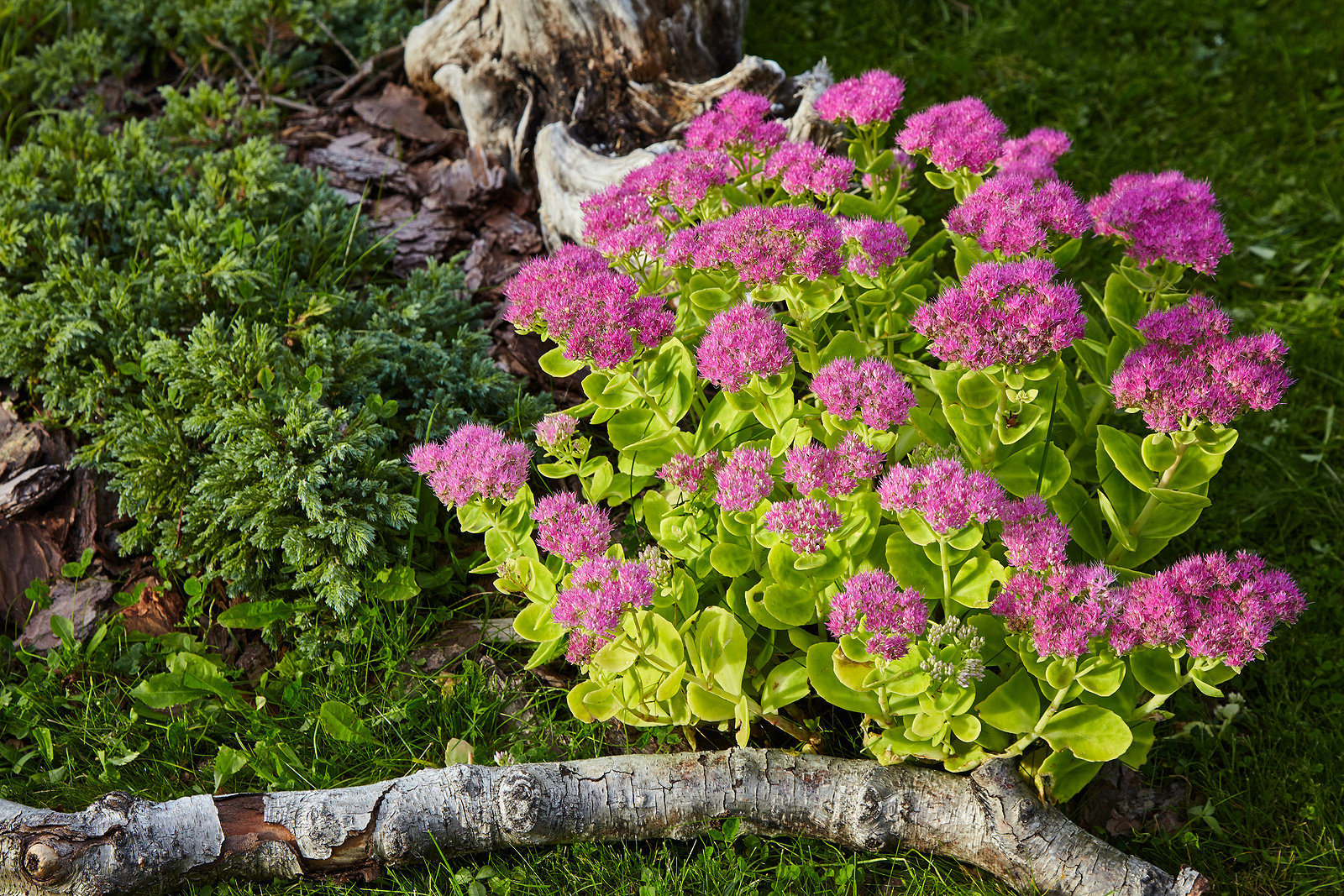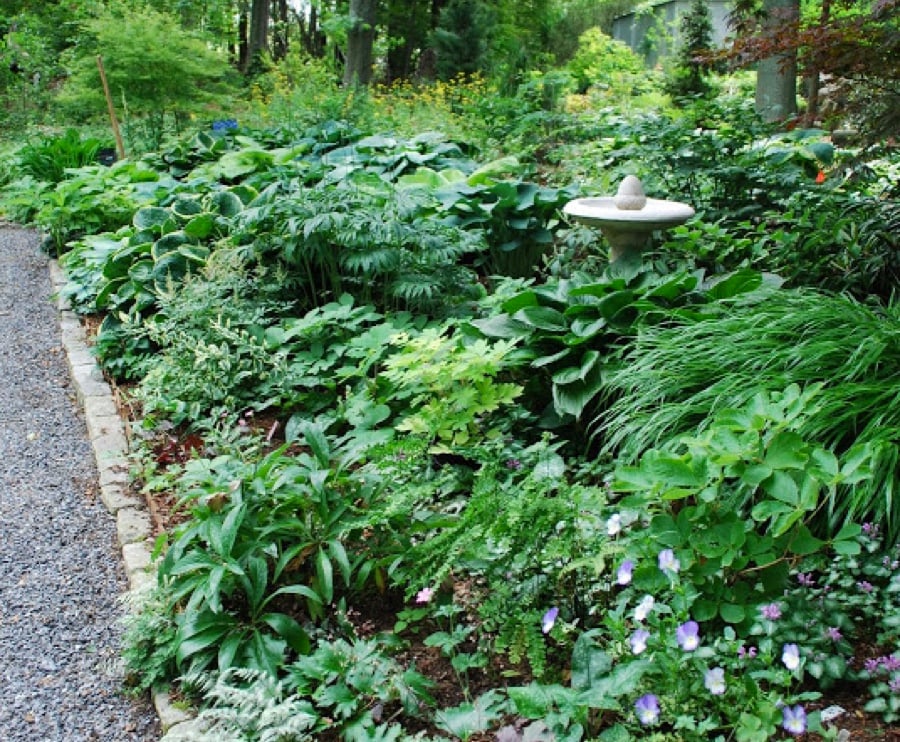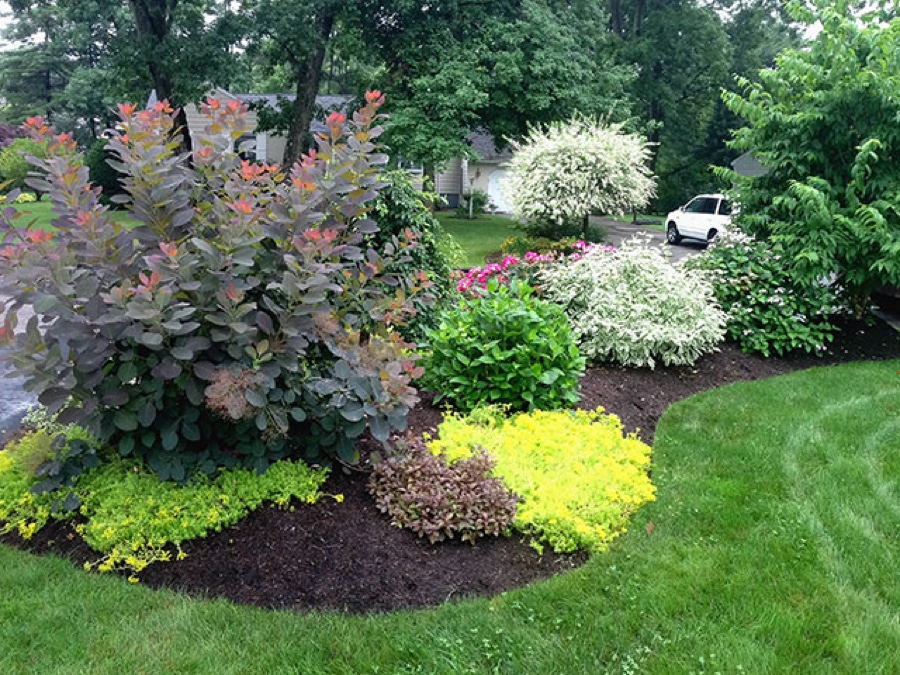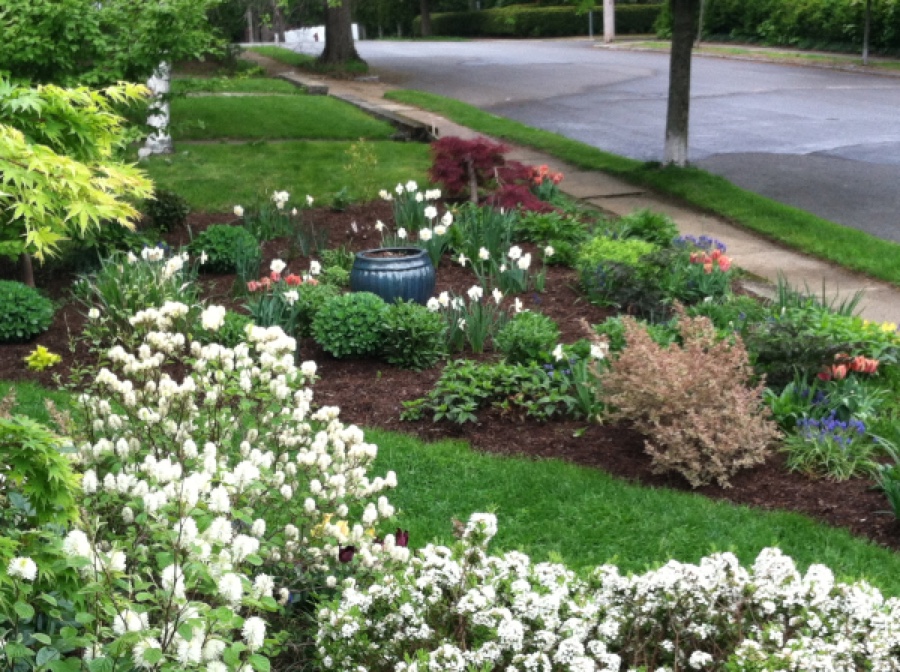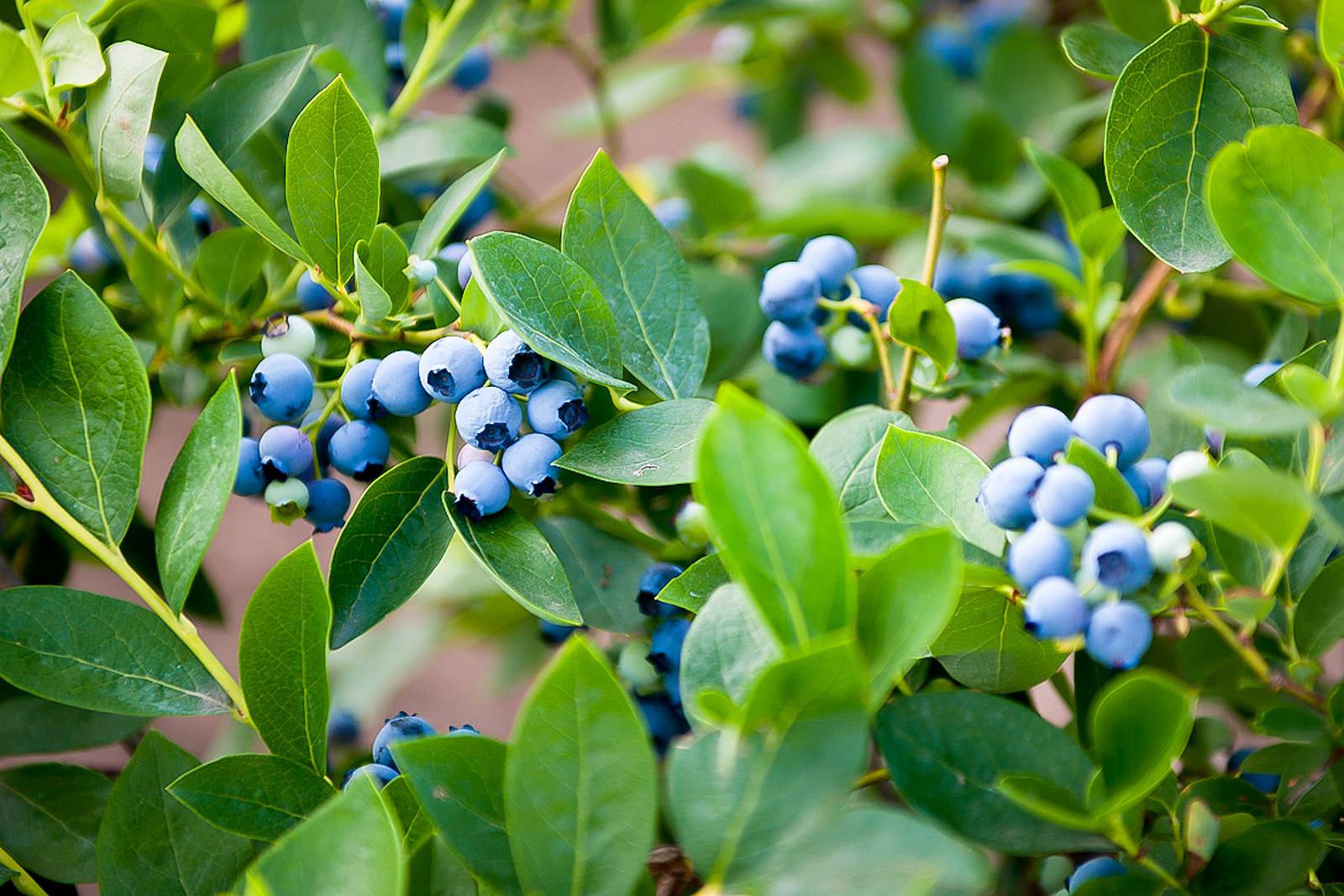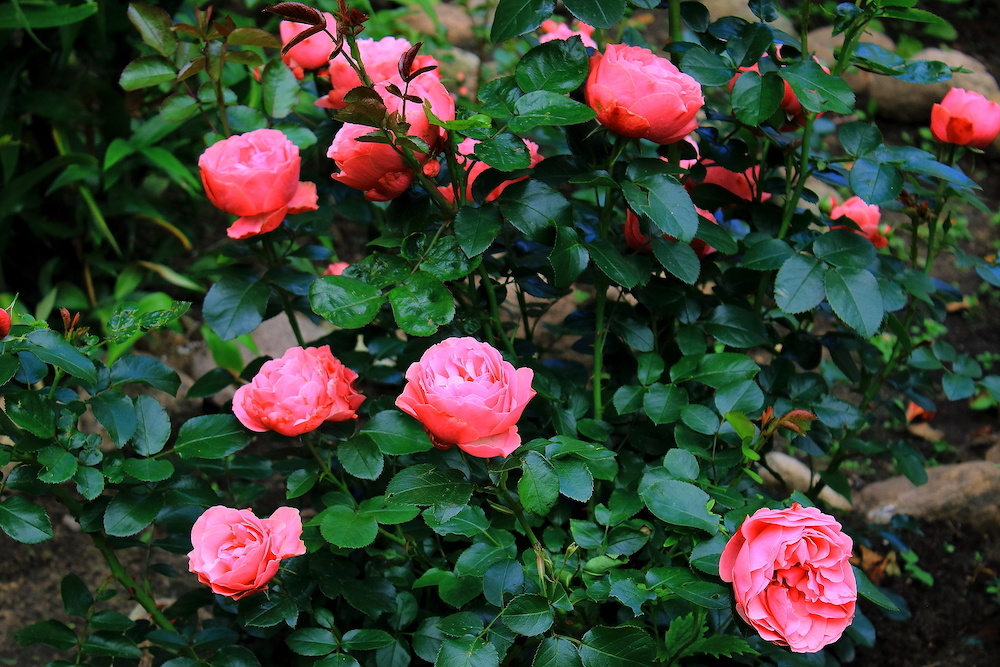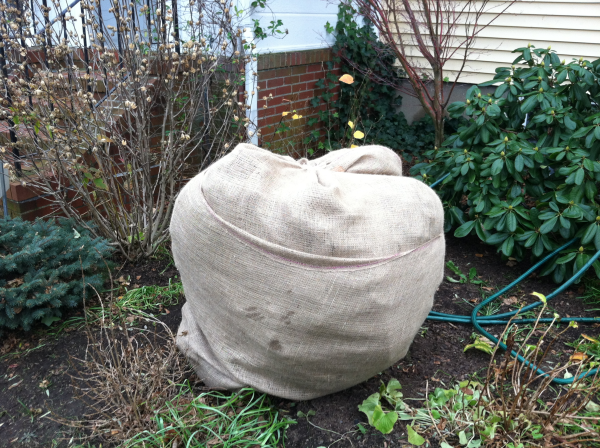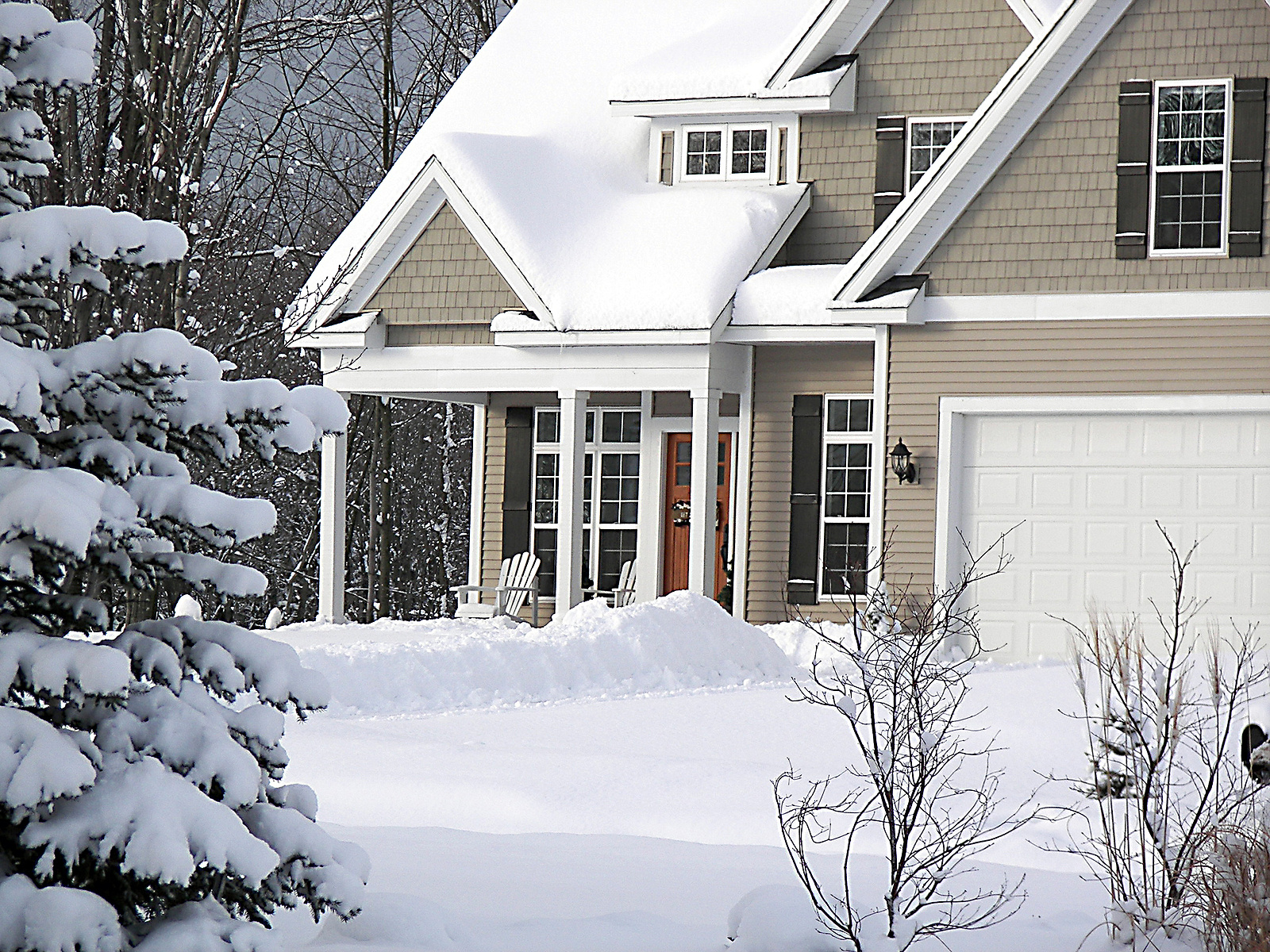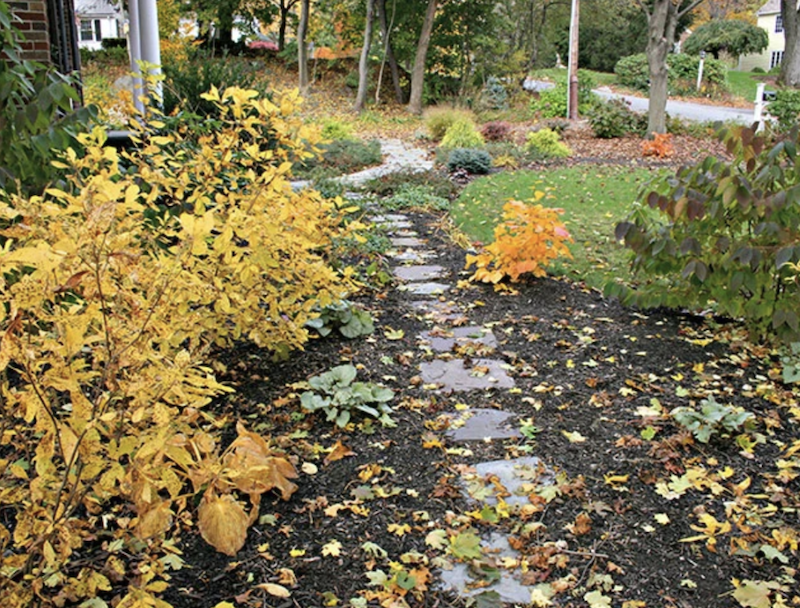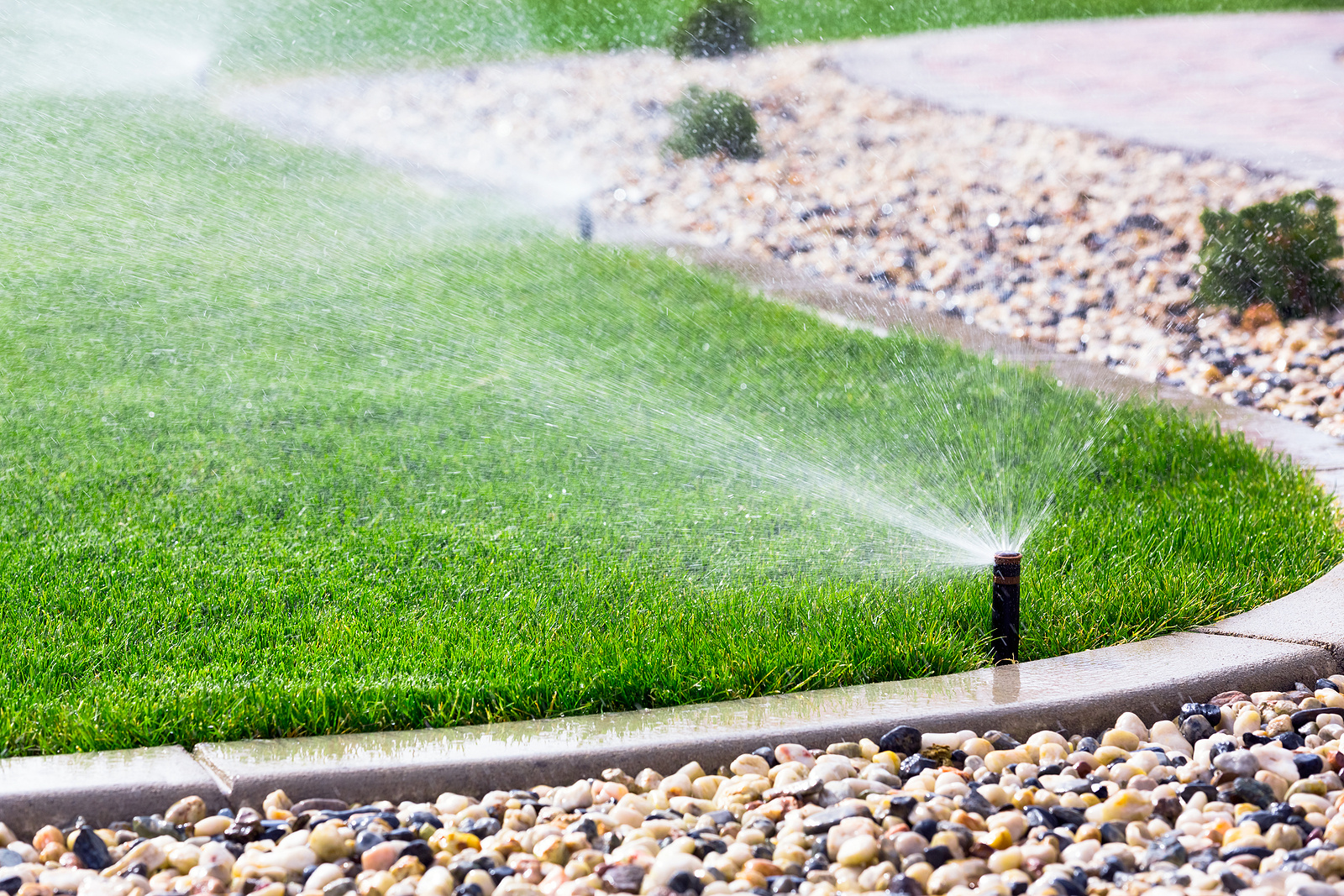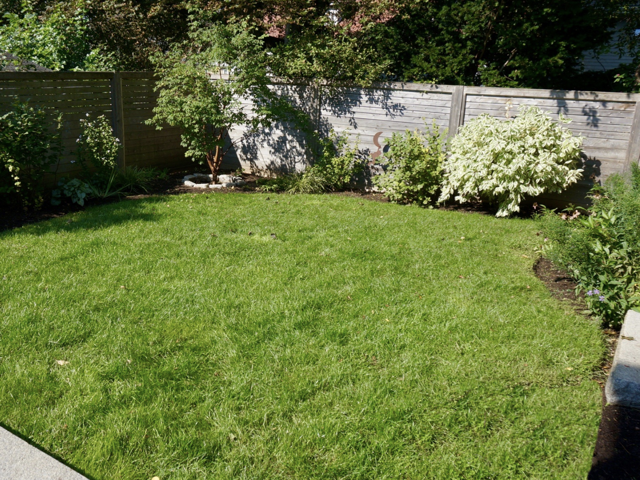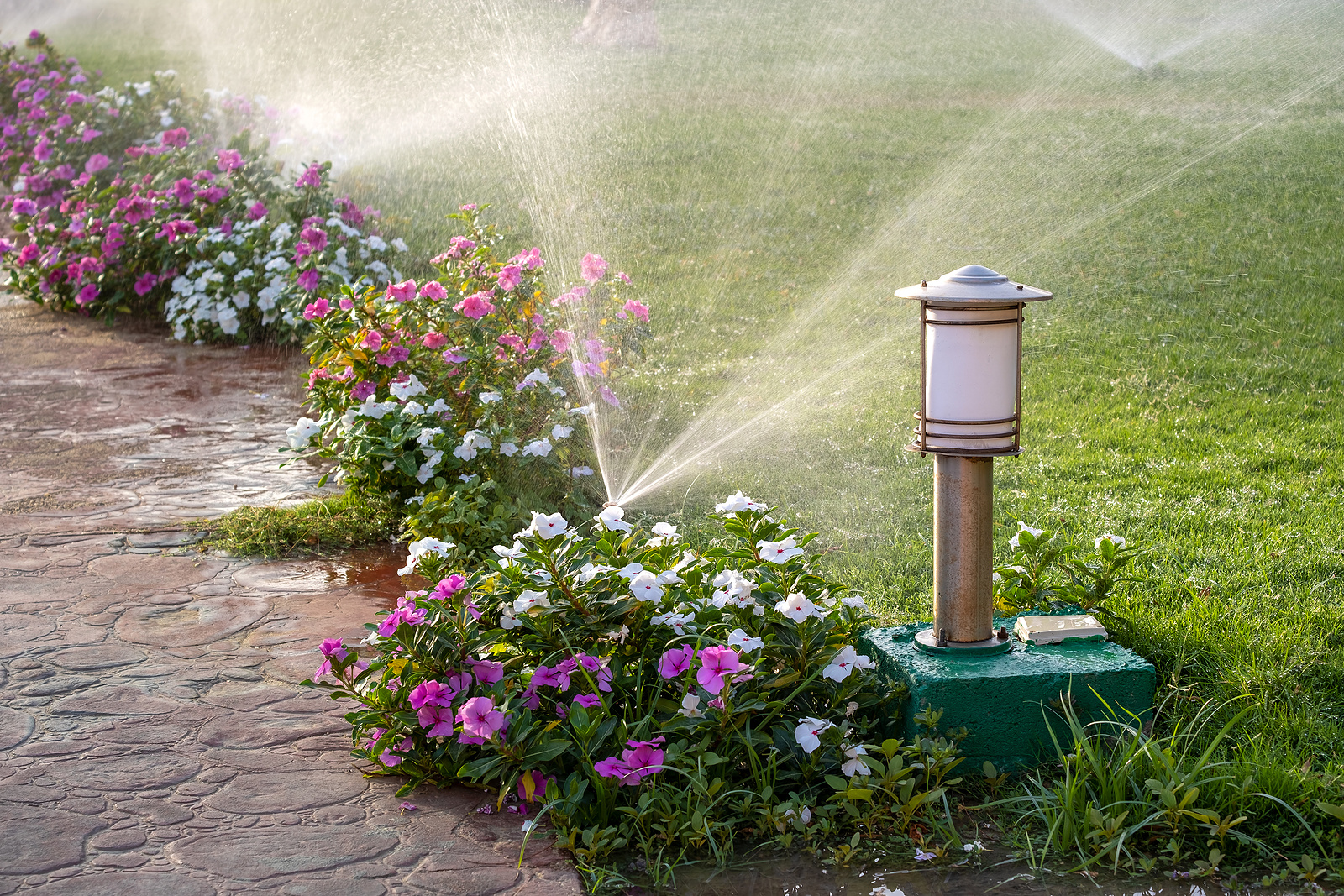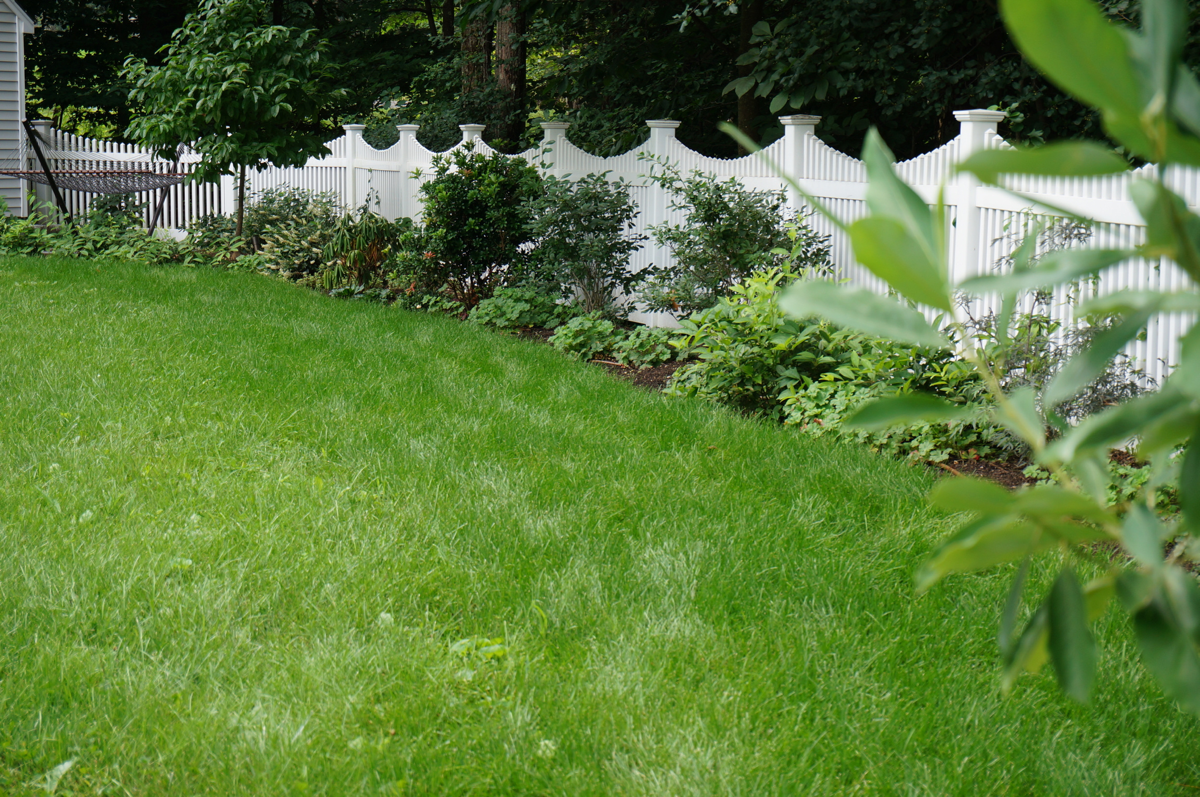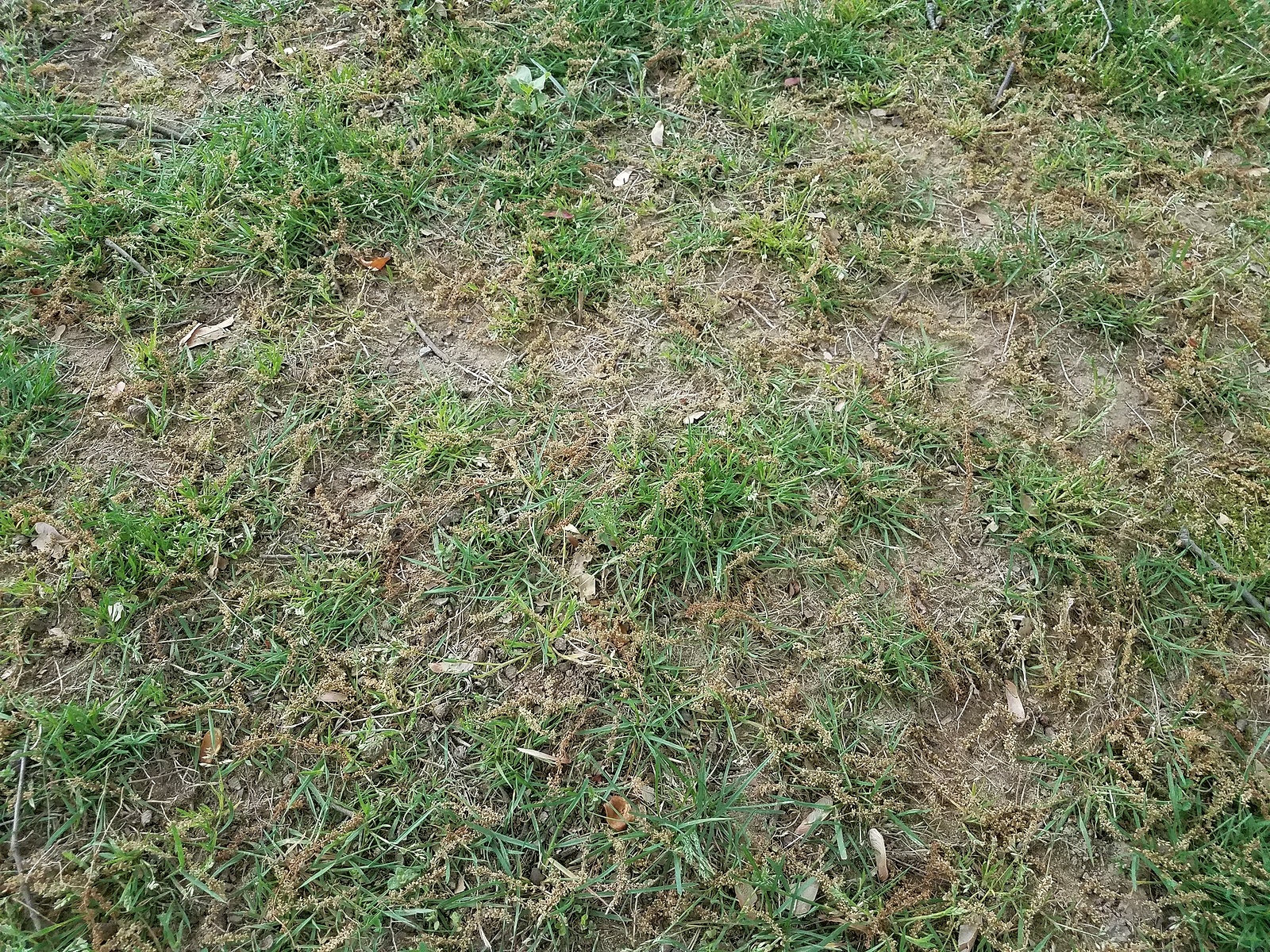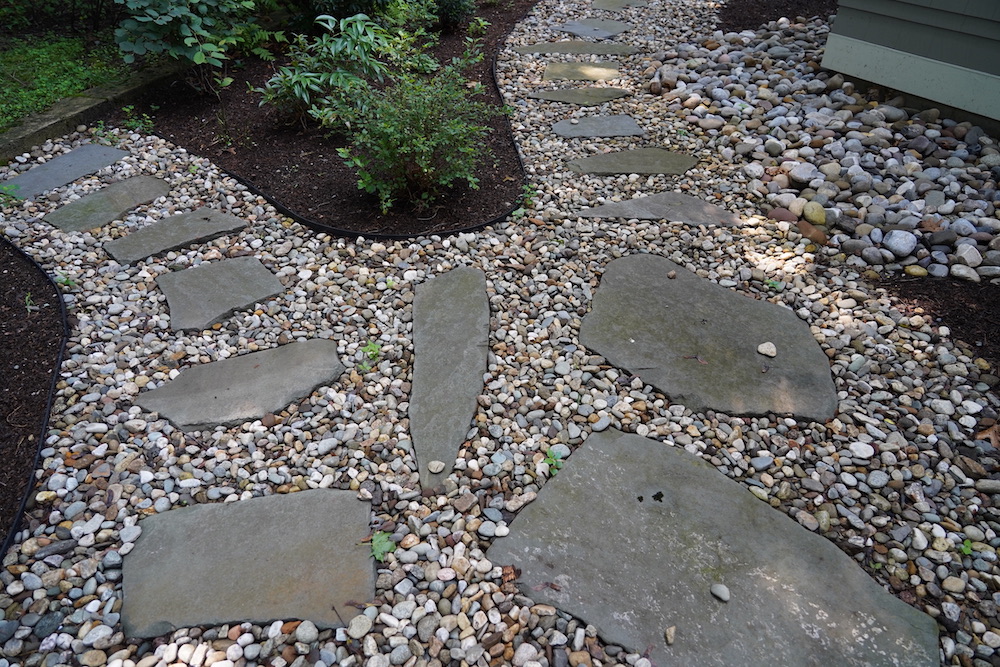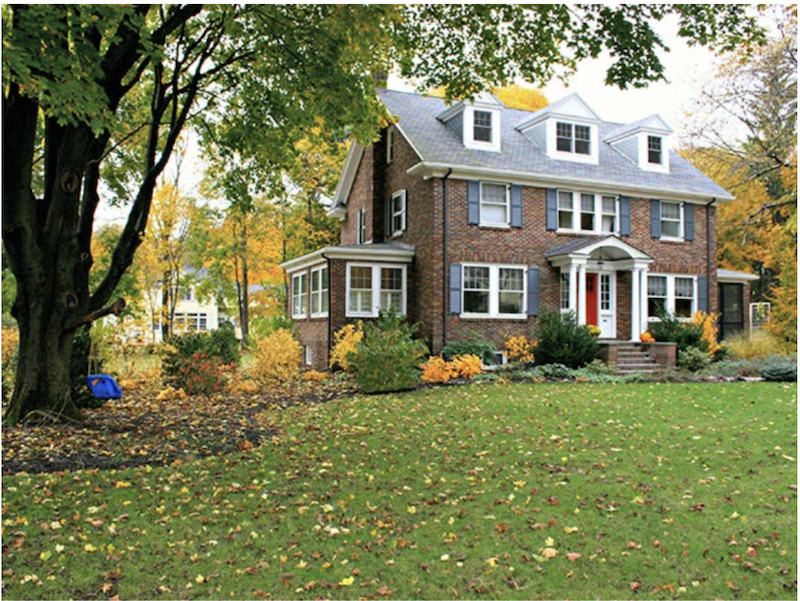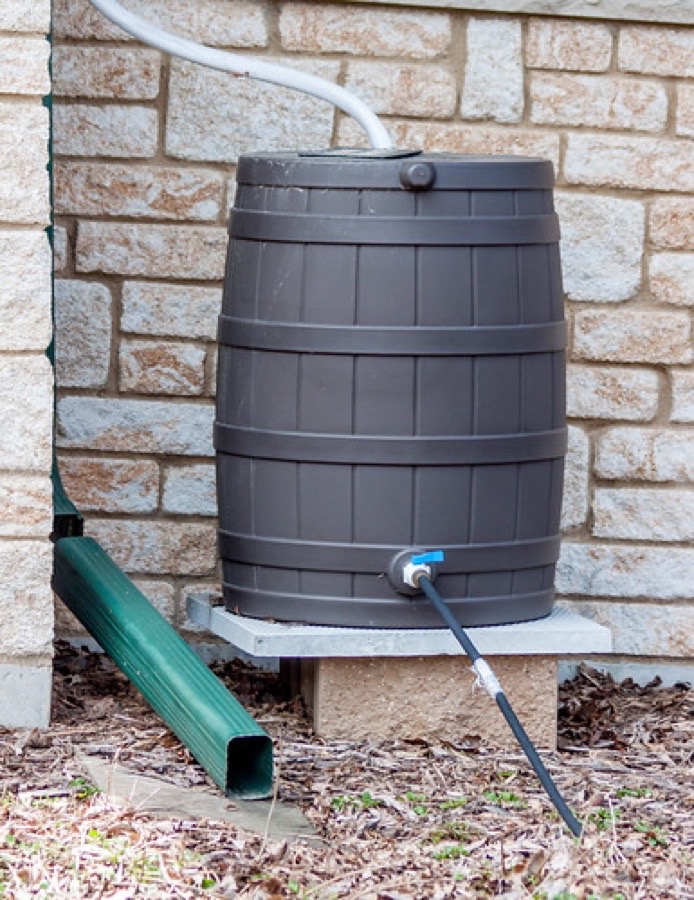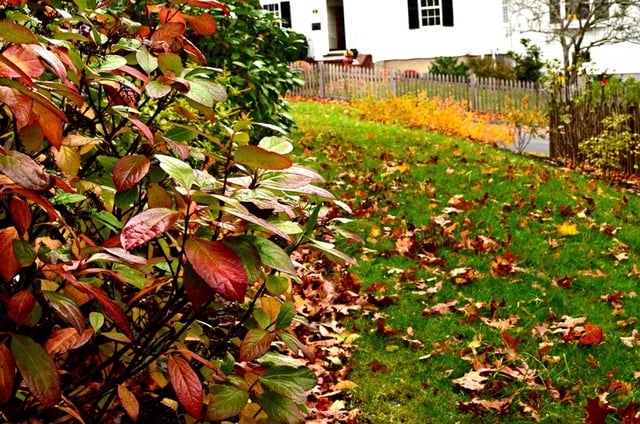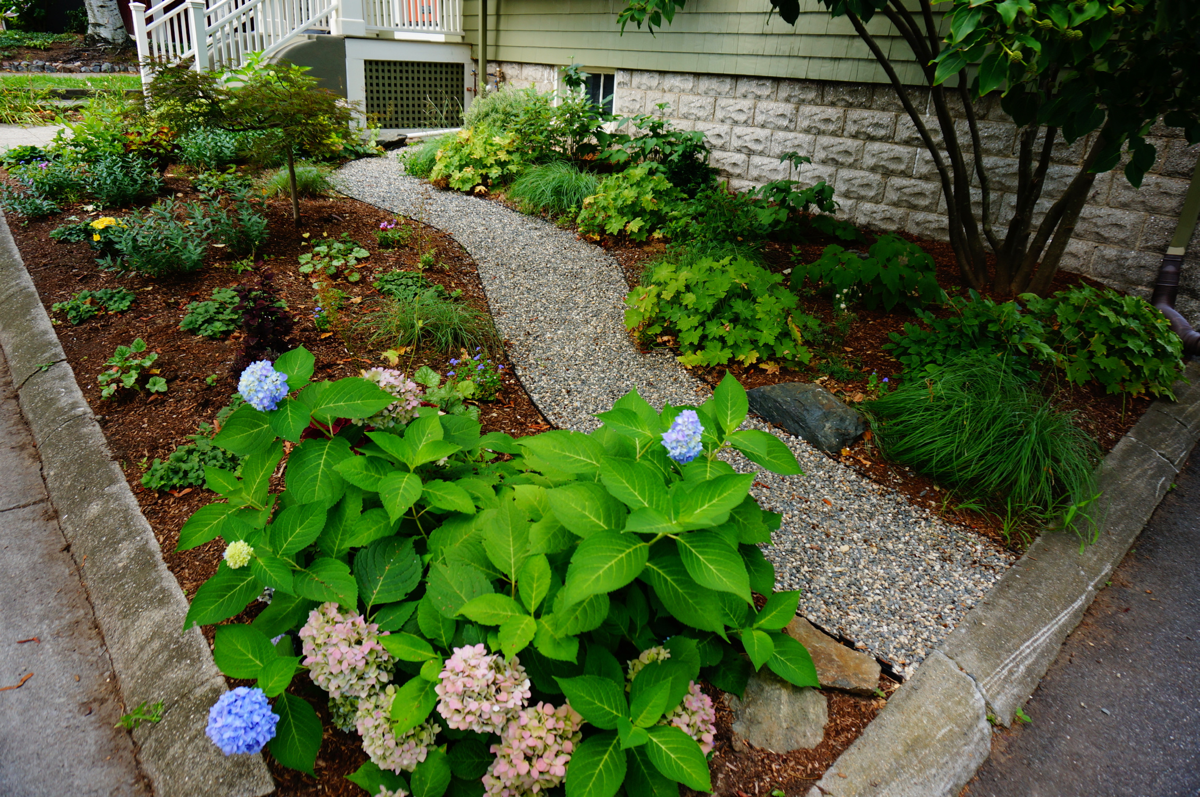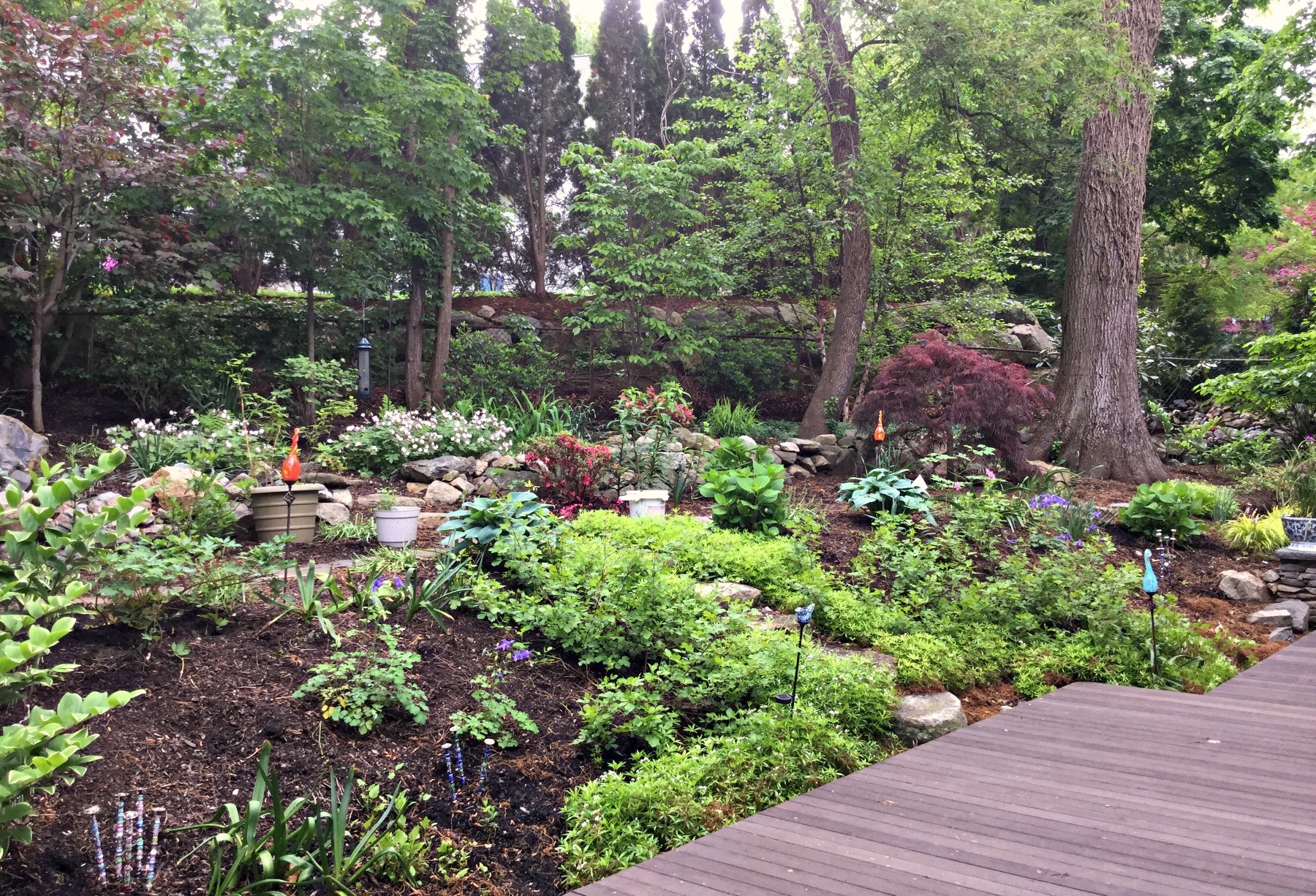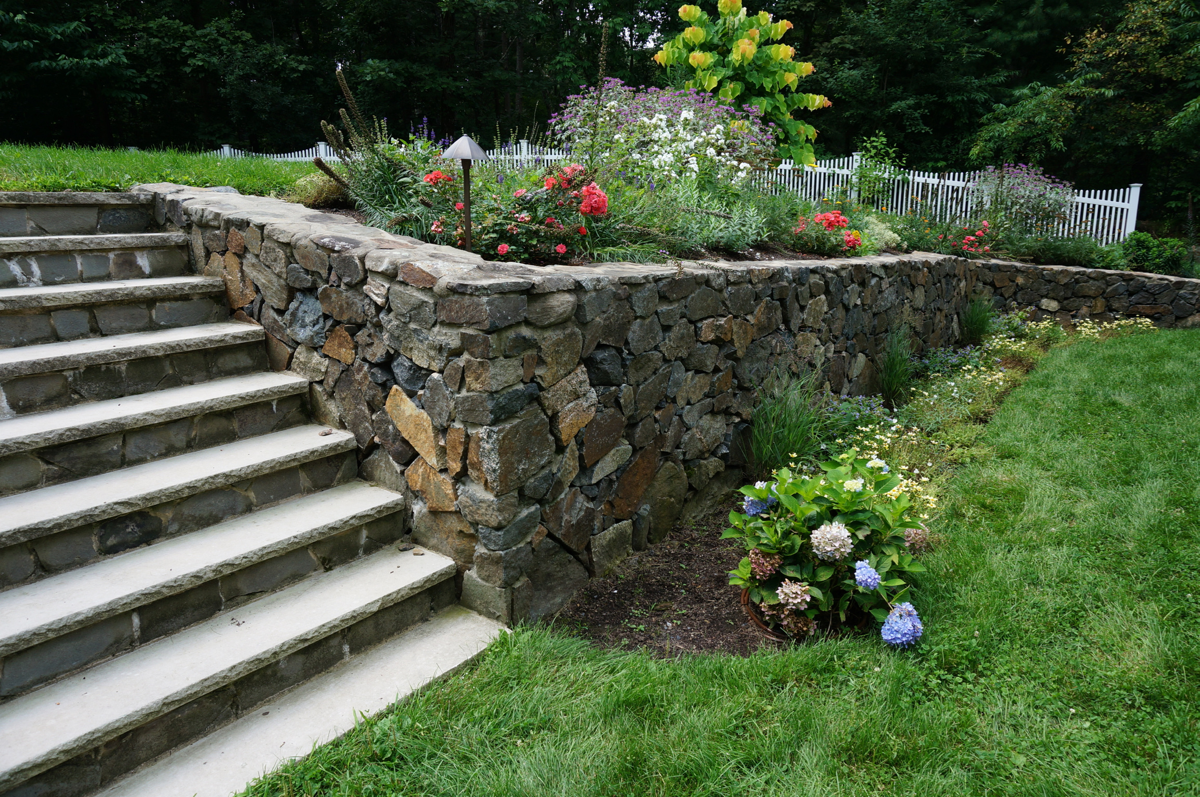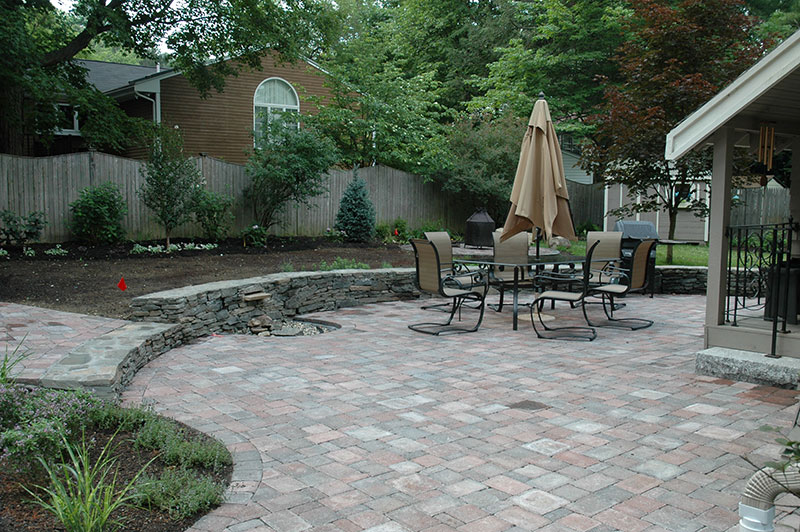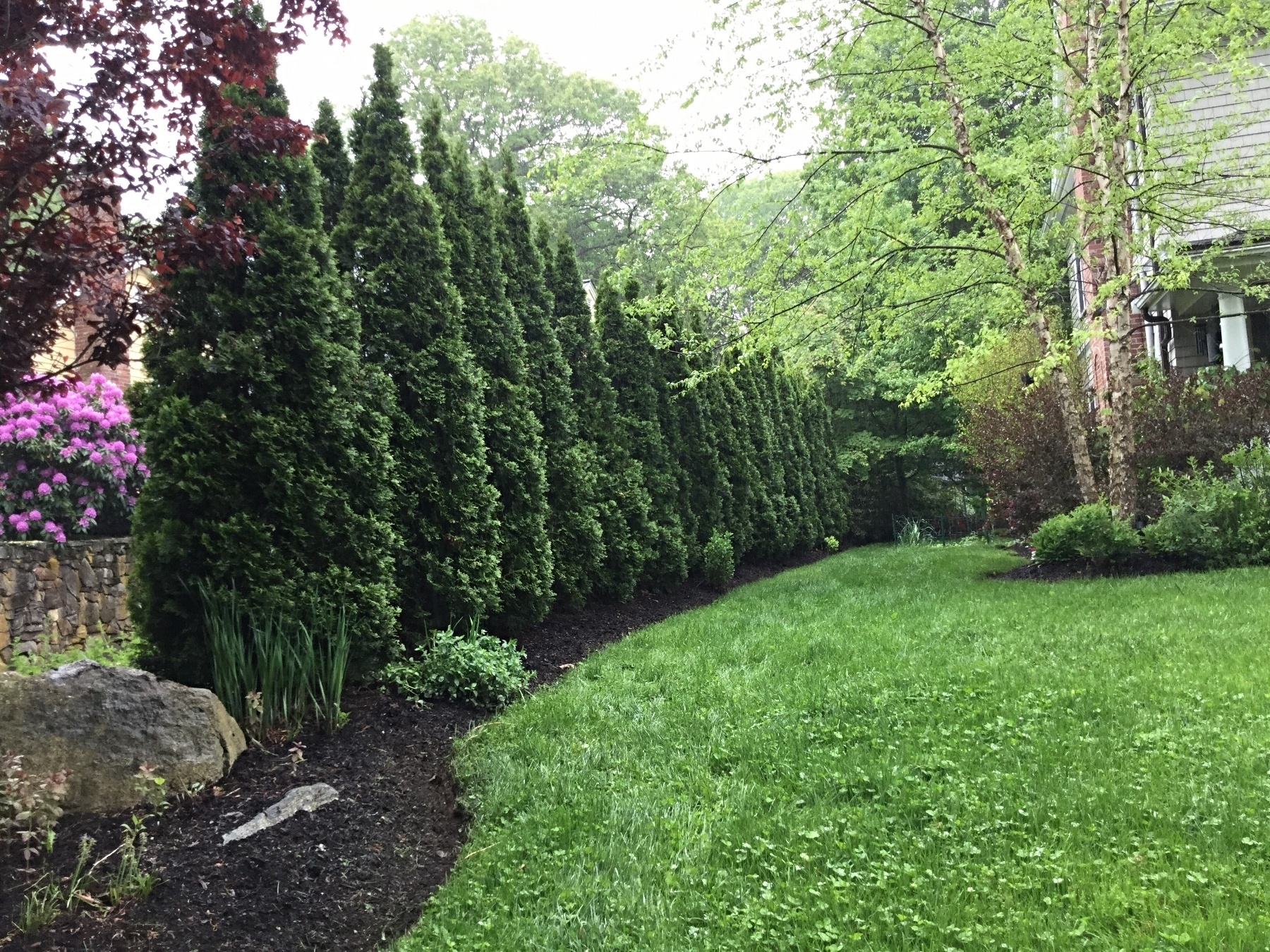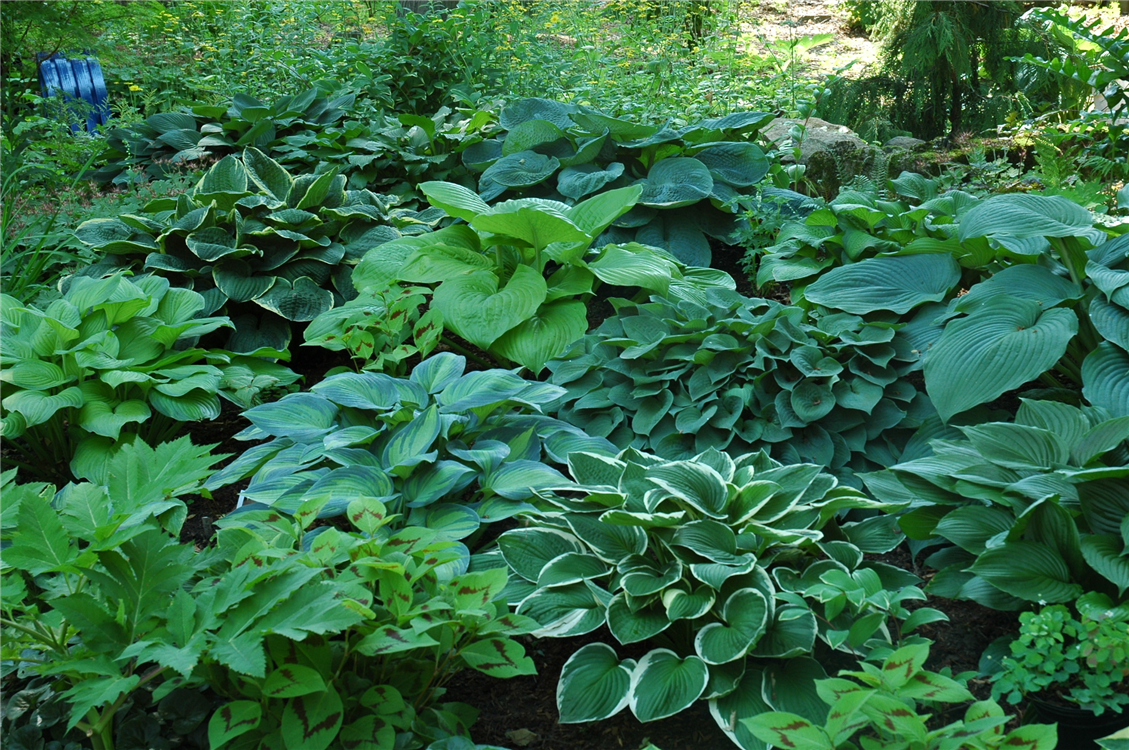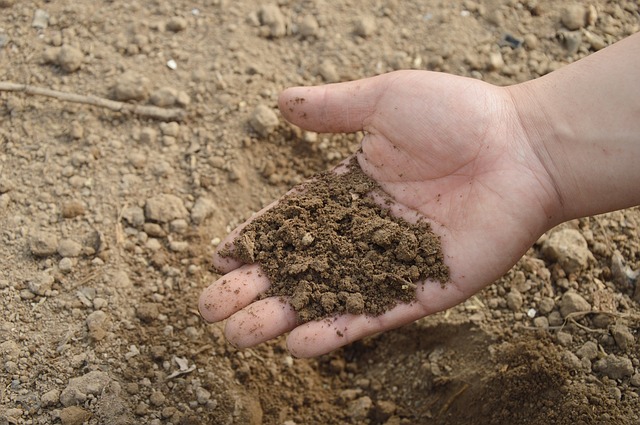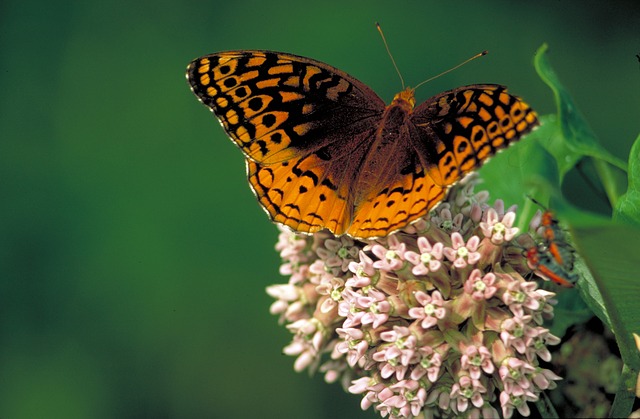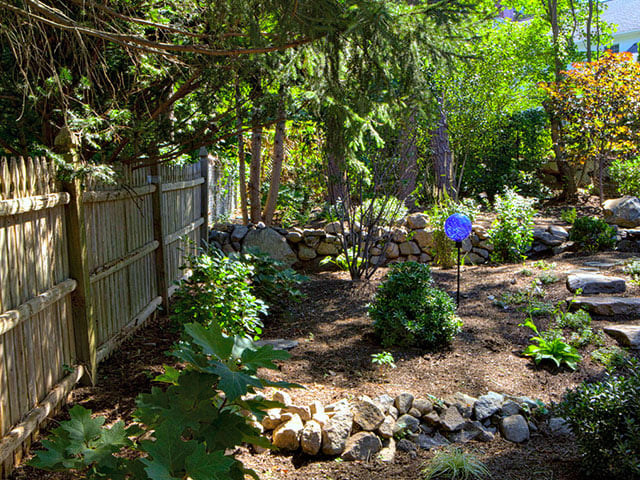Imagine stepping outside and being greeted by a lush, vibrant landscape that flourishes in every season — all without relying on harmful chemical fertilizers, herbicides and pesticides or wasteful practices.
Keeping your yard beautiful and eco-friendly year-round may seem like a daunting task, but with a little planning and seasonal know-how, you can create a sustainable outdoor space that thrives in harmony with nature.
This guide will walk you through eco-friendly landscaping maintenance strategies tailored to each season, helping you nurture your lawn and garden while supporting sustainability and protecting the planet.
Spring Landscape Maintenance
Complete a Spring Cleanup
A thorough spring cleanup of your yard is the first step in your seasonal maintenance and sets the stage for a thriving landscape in the summer. During a cleanup, you should remove dead and fallen branches, add fertilizer to the lawn and garden beds, rake leaves still lingering from the fall and remove any other debris or yard waste.

Start Your Lawn Care
With the ground finally clear of accumulated snow, you can assess the true health of your grass and pinpoint areas of concern. If you have bare patches left over from the cold, this is the time to overseed them (you’ll do this again in the fall).
You also should get ahead on weed control and remove any you spot as early as possible to prevent them from strong roots as the temperatures warm. Finally, you should apply organic fertilizer to the entire lawn, aerate and plant grass seed (especially warm-season varieties).
Plant and Mulch
Prepare your flower and garden beds to come alive adding organic amendments for healthy soil, and applying mulch or organic matter like compost to retain moisture, suppress weeds and attract beneficial insects. If you have perennials in your landscape, you should divide them now.

This is also an ideal time to increase biodiversity and experiment with different plant selections by adding new flowers, plants and shrubs to your yard, such as low-maintenance and drought-tolerant native plants, wildflowers, ground covers or even a vegetable garden.
Summer Landscape Maintenance
Water Consistently and Thoroughly
During the summertime, when you water matters just as much as how long you water. For both garden beds and grass, watering early in the morning or evening helps the water to successfully make it to the plant roots before evaporating in the summer heat, allowing you to use less water. Drip irrigation or soaker hoses can help you accomplish this.

Maintain Regular Mowing
On average, you should mow your lawn every 7 to 10 days, or once it reaches 3.5 to 4 inches tall, during the height of the growing season. Grass grows more slowly during hot temperatures, so it’s important not to mow it too short, or you may damage the grass.
Deadhead Flowers and Prune Plants
Throughout the season, you should remove spent flowers after they bloom, which encourages even further flower growth. Some plants, such as some types of hydrangeas and roses, also are due for a pruning at this time to ensure they flower during the following season.
Fall Landscape Maintenance
Complete a Fall Cleanup
Without a proper fall cleanup, piles of wet, dead leaves and other debris and organic materials left on your grass will leave unsightly bare patches and other damage in the spring. A fall cleanup typically takes place in two phases, once early in the season and once at the end.

Aerate and Overseed
The fall is the single best time to plant a new lawn, or repair an existing one, as the winter gives grass seed plenty of time to germinate.
Start by aerating the lawn to give the seed best access to the soil. Do not aerate after the first frost has occurred, as the grass will already be dormant and unable to recover. Next, prepare the area with organic compost or topsoil. The final step is to plant the grass seed, followed by frequent watering (once to twice daily) to keep it moist until the first seedlings emerge.
Clear Garden Beds
After the growing season is officially over, clear your garden beds by removing dead plants and flowers, pulling annuals and removing any last bits of debris. You’ll also want to use your organic composting materials once more by putting a final layer on top of your beds for extra winter protection.
Winter Landscape Maintenance
Winterize Plants
Delicate trees and plants should be wrapped during the winter to protect them from strong winds and biting temperatures. This article has more information about the importance of wrapping trees in the winter months.

Prune Dormant Trees and Shrubs
In Massachusetts, some plants and shrubs do best with either an early- or late-winter pruning session. You can learn more about some of these in this article.
Plan for Next Season
It might be hard to picture it when you’re surrounded by freezing temperatures, but the winter is the ideal time to begin your landscape design plan for the next season. By tackling this now, you can experiment with new ideas and make changes to your plans without the pressure of the growing calendar upon you.
In addition, professional landscape design companies will have more availability during the winter. If you book your project now, you can get an early spot on their spring schedule, putting you way ahead of other homeowners.
By embracing sustainable landscaping practices throughout the seasons, you’re not just maintaining a beautiful yard — you’re investing in the health of your local ecosystem and future generations. Your landscape — and the environment — will thank you!
To learn more about organic landscape maintenance for your home, download our free ebook, How to Maintain Your Landscape and Transform It Into a Beauty You’ll Love. If you’re ready to get started on your new landscape maintenance project, or simply want to learn more about the process, you can contact our team here to schedule a free consultation. We’d love to talk to you!


